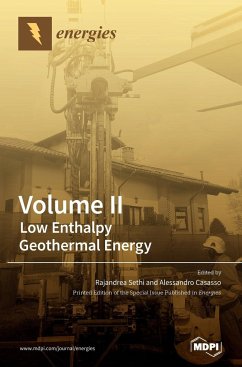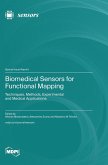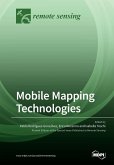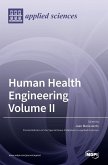Low enthalpy geothermal energy has a great potential to reduce the climate impact of building heating and cooling systems. The use of this renewable energy source involves a number of scientific disciplines including energy engineering, heat transfer, geology, hydrogeology, chemistry, and economics. Low enthalpy geothermal energy, i.e., the underground heat available at temperatures below 90°C, has great potential in terms of reducing the climate impact of heating and cooling buildings. It can also be employed for other thermal uses, such as industrial processes, road de-icing, and bathing. The Special Issue "Volume II: Low Enthalpy Geothermal Energy" includes seven articles that discuss the topic from the following points of view: mapping of shallow geothermal potential, recent developments for enhancing the performance of borehole heat exchangers, exploitation of asphalt-covered surfaces for heating, measurement of the thermal conductivity of rocks and sediments, and performance monitoring of closed-loop and open-loop low enthalpy geothermal systems.







